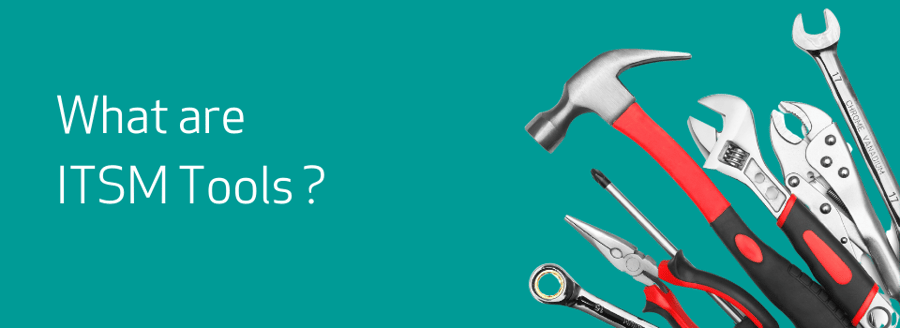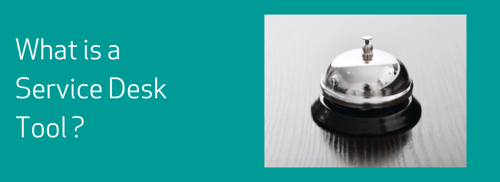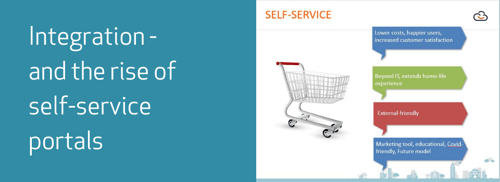ITSM tools provide the means to deliver the processes and activities that help organisations manage their core IT services, tasks, and infrastructure. As modern organisations depend so heavily on their IT infrastructure and services, without them, most employees would be unable to work, and operations would stutter. ITSM tools assist organisations to remain efficient, consistent and operational, reflecting a structured and documented approach to ensure availability.
ITSM Tools go beyond Service Desk Functionality
Advancing on the capabilities of service desk software, ITSM tools offer the pinnacle of IT service management functionality: IT provision becomes more critical and so the supporting application needs to reflect wider operational and organisational requirements, not only scalability but support for complexity too.
ITSM tools support the automation of wide-ranging processes that go beyond just IT –onboarding workflows for example, incorporate HR, IT, departmental line management, facilities and more. A workflow engine should be easy to configure with visual drag and drop interfaces to amend and add tasks, not requiring coding or specialist technical skills.
Although central to IT management, ITSM tools are part of a wider interconnected application environment and so integration when possible is to the organisation’s advantage. When an ITSM tool can directly update – and be updated by – other applications such as MS Teams or Jira, the power of such integration multiplies the benefit.
Supporting the adoption of a framework such as ITIL is a further key function of the ITSM tool, as it helps to deliver the chosen path through selected management practices. Ideally the ITSM tool is flexible and non-prescriptive, allowing the organisation to easily deliver the structure it requires for maximum benefit.
With management level reporting and analytics easily configurable and available either directly in the software or via a specialist application like PowerBI, ITSM tools pave the way for wider benefits of service management across the organisation. This can further be developed as the appreciation of the common factors of customer-facing service departments – HR, Finance, Facilities, Operations – can be seen and enacted through extending ITSM based practices across the enterprise on the same technology platform. So many departments provide a service function that can benefit their internal and external customers and while ITSM tools lead the way in formalising process, those built on an adaptable platform can provide even more benefit.




.png)
